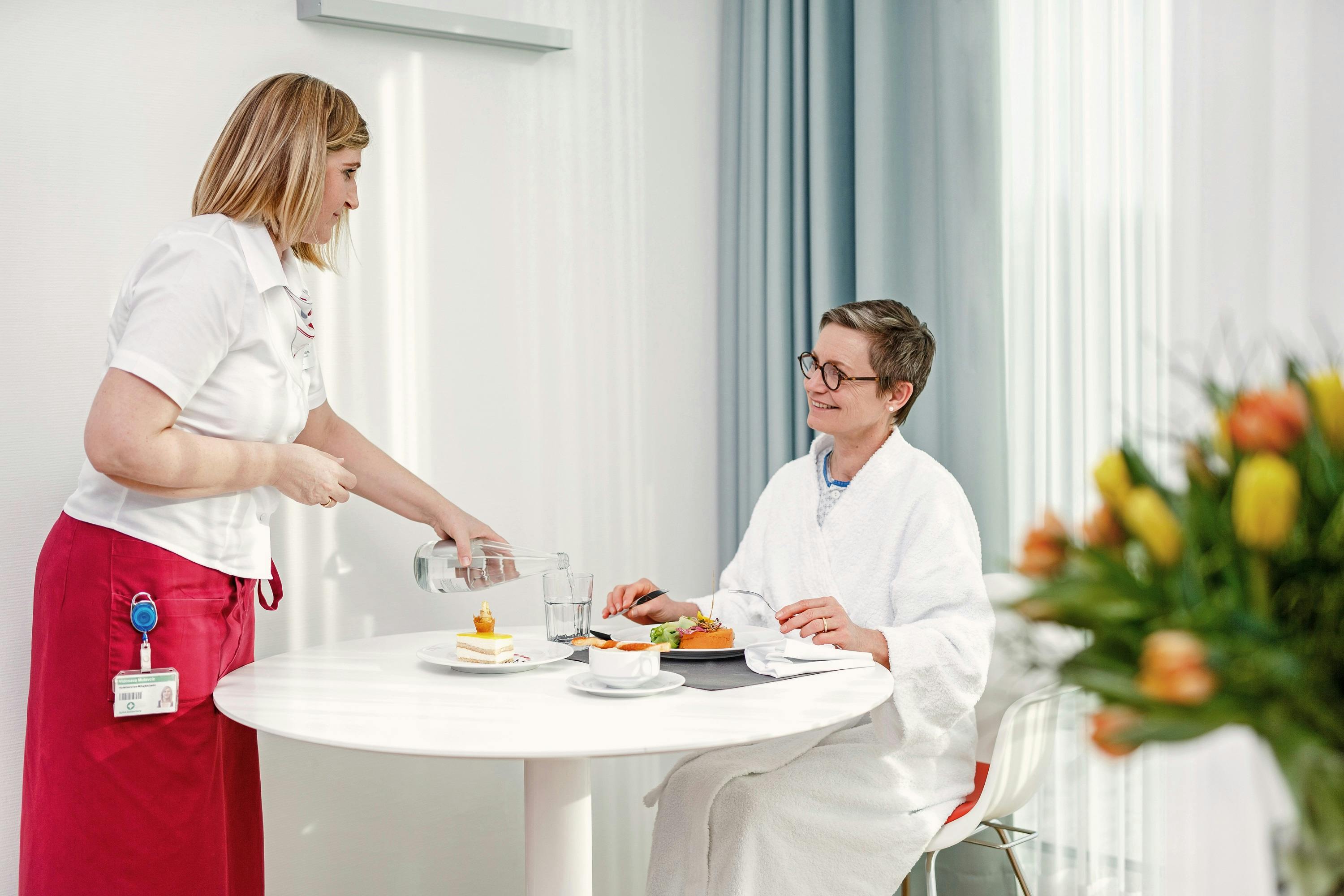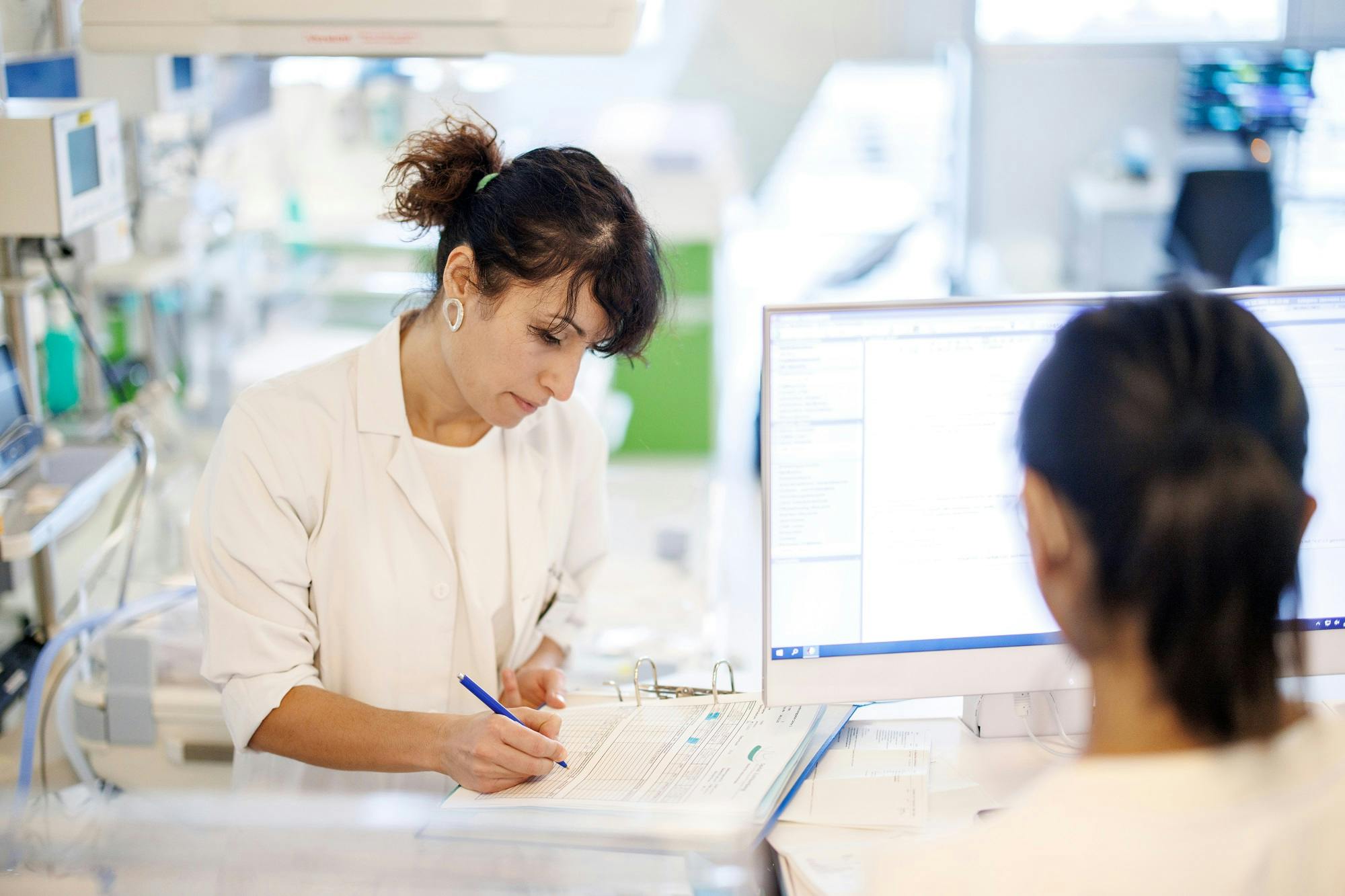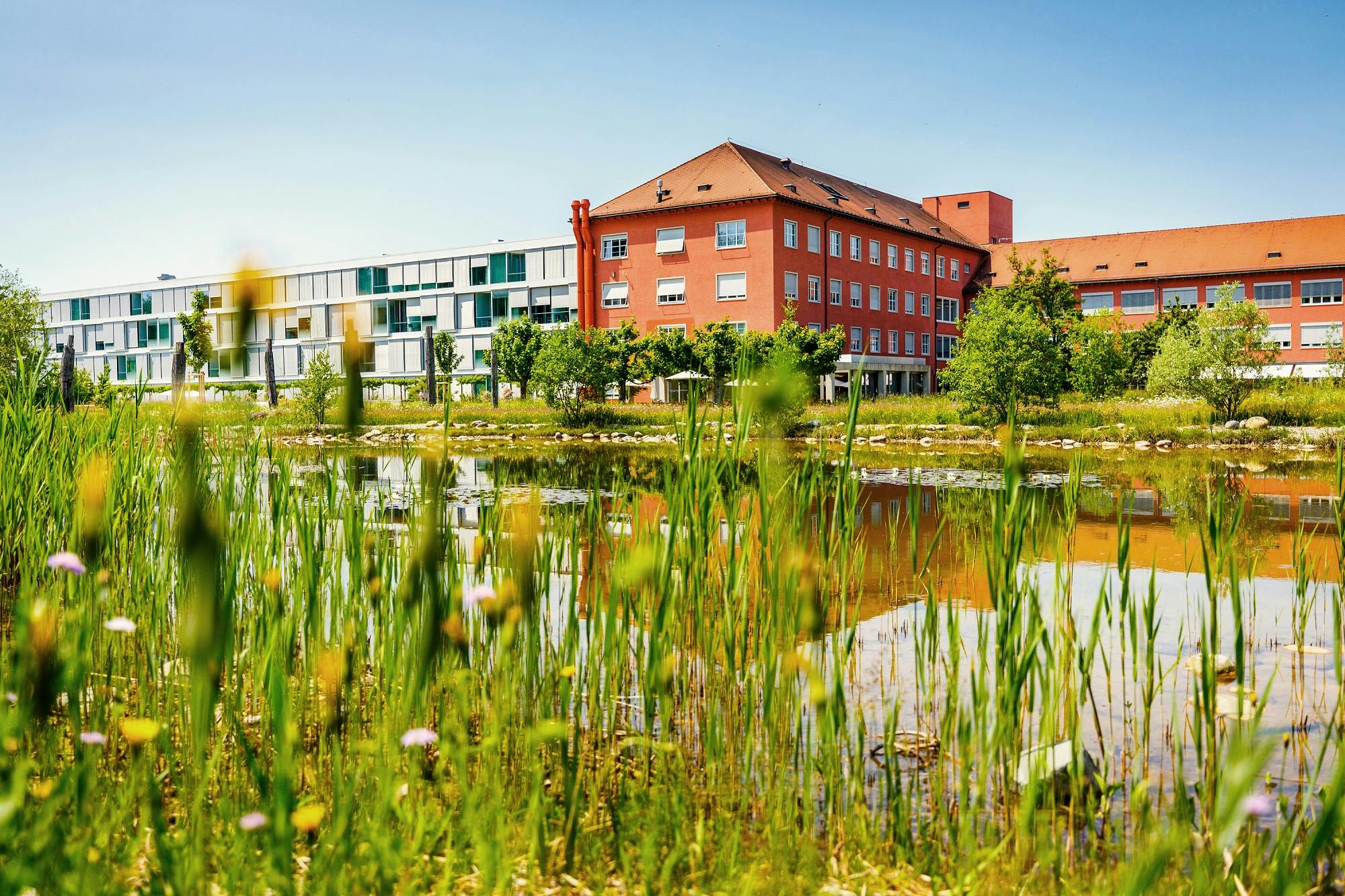The battle with the veins
Dr. med. Simon Gregor Wrann
December 5, 2022
5 min
Dr Simon Wrann, Head Physician at the Clinic for Surgery, explains in an interview how and why varicose veins develop and how they can be treated.
What are varicose veins?
The term "varicose veins" is probably derived from the Old High German word "Krummadern", which would be a more accurate term. Varicose veins are dilated and sometimes tortuous blood vessels whose vein wall is pathologically altered. At first, varicose veins may appear to be mainly an aesthetic problem, but they can lead to a variety of complaints, including swollen legs, a feeling of heaviness in the legs, cramps, permanent skin changes or thrombosis. Especially at an advanced age, untreated varicose veins can lead to serious health problems.
What are the causes of varicose veins?
A tendency to varicose veins is mainly due to a hereditary predisposition, and vein problems can worsen as patients get older. Lack of exercise and obesity are among the factors that favour varicose veins. Varicose veins can also occur more frequently during pregnancy.
When should varicose veins be checked?
Clarifications should be carried out when varicose veins become noticeable or symptoms are present. At the latest when thromboses (painful blood clots) or open legs occur, a diagnosis should be made urgently.
What options are there for treating varicose veins? Which procedure is recommended today?
Compression stockings are a simple and extremely effective method of treating the symptoms of varicose veins. However, the daily application of these stockings requires a lot of effort and can cause dry skin. In summer, many people understandably avoid wearing these stockings. Older people are sometimes completely dependent on the help of others. Many patients therefore prefer interventional or surgical treatment. The very gentle interventional treatment is now the treatment of choice. This involves inserting a probe into the vessel. If there are reasons why this treatment should not be used, surgical treatment may be recommended.
What are the advantages and disadvantages of interventional measures?
The advantage of interventional procedures is that they are low-complication, gentle and painless. A minimal disadvantage is a very slightly increased recurrence rate of venous insufficiency in the treated vein. However, the advantages clearly outweigh the disadvantages.
How long does the procedure take? Is the procedure performed under general anaesthetic?
The procedure usually takes about 30 minutes. Sometimes the placement of the probe can be more difficult due to the course of the vein, so that the procedure takes a little longer. The procedure can be performed under local anaesthetic. Most patients tolerate this procedure very well. If necessary, a medication can be administered to induce a light sleep. Of course, a general anaesthetic is advisable for some patients. This can be determined in the consultation before the procedure according to the needs of the person to be treated.
Can varicose veins reappear after an operation?
Yes, varicose veins can reappear. They usually reappear in a new location because it is a naturally progressive disease. Occasionally the same vein is affected and may need to be treated again.
0/0
Dr. med. Simon Gregor Wrann
General Surgery | Venous Surgery | Visceral Surgery / Laparoscopic Surgery | Wound Treatment
Weitere Beiträge
Counsellor
Stress - when body and soul get loud: what you should know
Stress is almost part of everyday life in our fast-paced world. However, if it becomes ingrained and repeatedly throws our everyday life out of balance, it can become a burden for body and mind. We would like to offer you some guidance in this article: What happens when you are stressed, how do you recognise that it is time to pause and how can you find peace and balance again?
Counsellor
Hormone fluctuations in winter: What's really behind them?
Many women experience changes in their physical and mental well-being in winter. They feel tired more often, less resilient or more emotionally sensitive. Cycle changes or more intense premenstrual symptoms are also noticed more often during this time. In addition to external factors such as the cold, less exercise or a change in lifestyle, hormonal processes can also play a role.
Counsellor
Spinal surgery: everything you need to know
At Zollikerberg Hospital, the highest precision applies to one of the most central and at the same time most demanding areas of the body - the spine. Spinal surgery here means not only modern, minimally invasive technology, but above all sound expertise, experience and careful, holistic care. This is what Dr Filippo Mandelli, Head of the Spinal Surgery Clinic, and his team stand for. They treat conditions such as herniated discs, spinal canal stenosis, spondylolisthesis, spinal deformities and degenerative changes competently and sensitively and accompany patients on their way to greater stability and quality of life. In this interview, you can find out what is particularly important in these complex interventions - and what modern spinal medicine can achieve today.


